The islands of Hawai‘i might be the most exotic place in the United States. Especially when compared to the rest of the U.S.—you can’t get much further from familiar territory. One of the questions I get asked the most about traveling to the Hawaiian Islands is “Where should I stay?”. My answer is almost always “Well…that depends”. From an outside perspective, each island must be pretty similar, right? Not exactly. Essentially, each of the four main islands of Hawai‘i are their own county (Maui also includes the neighbor islands of Moloka‘i and Lana‘i), and each has its own characteristics. What’s more, each island has different regions that also make for different terrain, opportunities and experiences for the would-be traveler. Over the next few blogs I’d like to talk about each island, the pros and cons of the different regions and give some of my top recommendations for places to stay at each. Last up is the biggest island in the chain—Hawai‘i aka Big Island.
Since there’s so much ground to cover here, I’d like to tell you more about this island’s geography. The Big Island is made up of five volcanoes. Kohala in the north is the oldest. Next came Mauna Kea, Hualalai, Mauna Loa, and finally Kilauea. None of them are truly dead, but only Mauna Loa and Kilauea make regular appearances, with an occasional walk-on by Hualalai. Nearly the size of Connecticut, the Big Island’s 4,000 square miles can easily hold all of the other Hawaiian Islands combined. And it’s the only state in the union that can get bigger every year (thanks to Kilauea’s land-making machine).
Gentle slopes are the trademark of this young island. It hasn’t had time to develop the dramatic, razor-sharp ridges that older islands, such as Kaua‘i, possess. The exception is the windward side of Kohala Mountain where erosion and fault collapses have created a series of dramatic valleys.
Kailua-Kona, Hawai‘i
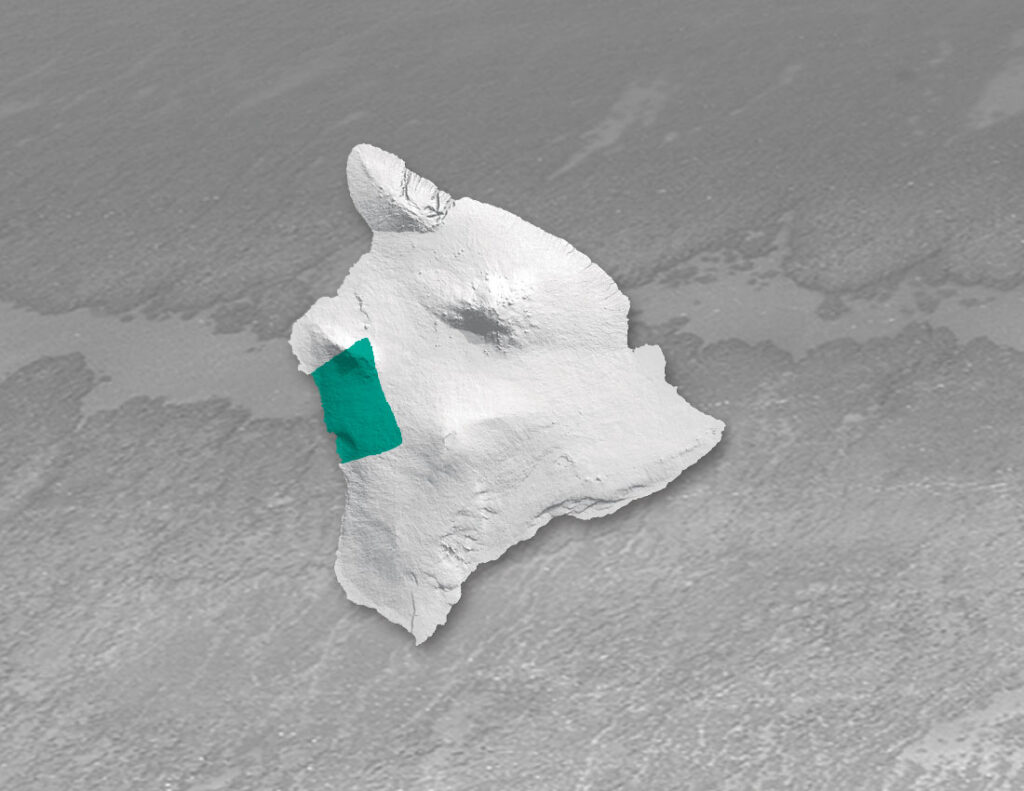 Kailua-Kona is nestled in the lee of Hualalai Volcano, meaning that it is sheltered from the trade winds coming from the other side of the island. The winds it does get are usually from wraparound sea breezes. The rains from them have already been wrung out.
Kailua-Kona is nestled in the lee of Hualalai Volcano, meaning that it is sheltered from the trade winds coming from the other side of the island. The winds it does get are usually from wraparound sea breezes. The rains from them have already been wrung out.
This is the most populated area of the island. It’s where the majority of visitors fly in and fly out. You’ll find the most dining options here, as well as several resorts and condos.The heart of Kailua-Kona is the mile-long oceanfront stretch of Alii Drive starting at the Kailua Pier. This part of town has lots of shops and restaurants overlooking the water. Speaking of the water, the beaches in this area (and the entire western coast of Big Island) are the best the island has to offer. There are lots of lodging options that are only a few steps from amazing beaches and crystal-clear water.
It’s easy to see why so many people choose the Kailua-Kona area as the place to experience the Big Island. What are the downsides? In a word—traffic. As with any seaside tourist town, traffic can be heavy and public parking is pretty limited. Something else to consider, if the volcano is erupting this part of the island is the most affected by vog—volcanic smog. When eruptions happen, the usual wind patterns send the hazy-looking gases toward Kailua-Kona where it tends to linger, causing allergy-like symptoms (itchy, watery eyes, running nose, headache, etc.) in many people. It’s not always an issue, but it happens.
Here’s my top picks for places to stay in the Kailua-Kona area.
Courtyard King Kamehameha’s Kona Beach Hotel
Kohala area, Hawai‘i
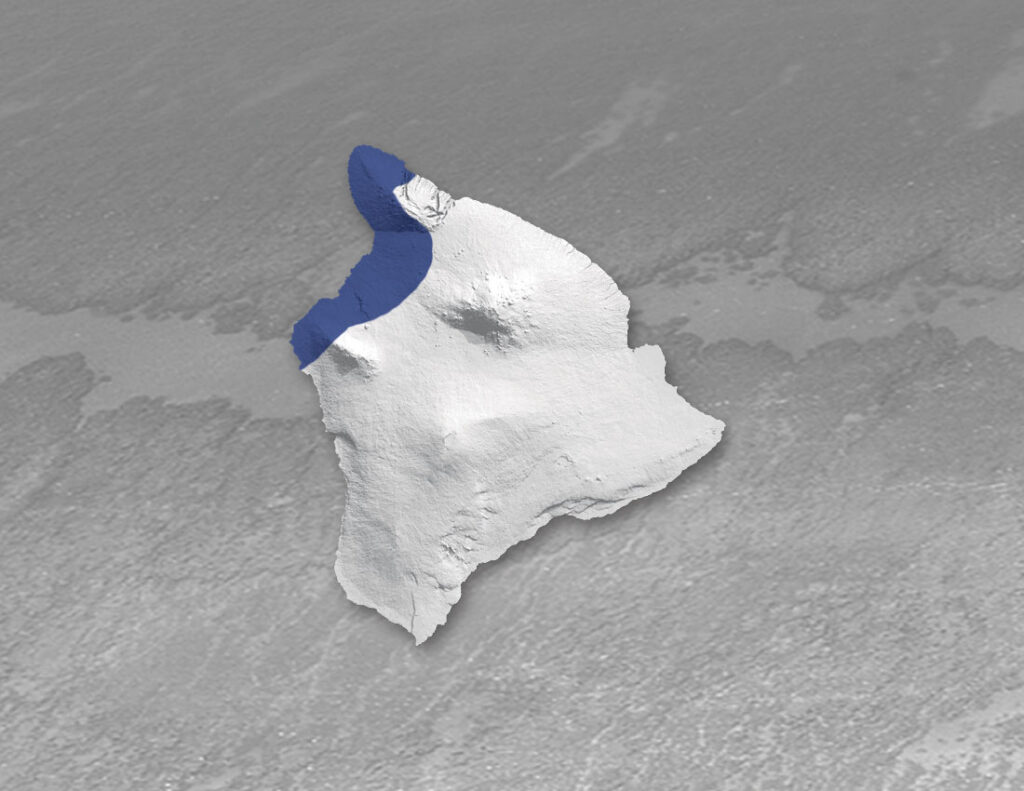 There’s a lot of different terrain in this part of the island. Most of the area is considered leeward, and this is the driest part of the state, with annual rainfall averaging less than 10 inches. (Contrast that with 240 inches on the slopes northwest of Hilo.) Large stretches of lava fields cover north of Kona, and much of Kohala. The north tip of the island has both leeward and windward aspects, and much slower pace than the resort area. The whole area is packed with historical sites that are worth exploring. The main towns are the Kohala resort area, the port at Kawaihae and the small community of Hawi.
There’s a lot of different terrain in this part of the island. Most of the area is considered leeward, and this is the driest part of the state, with annual rainfall averaging less than 10 inches. (Contrast that with 240 inches on the slopes northwest of Hilo.) Large stretches of lava fields cover north of Kona, and much of Kohala. The north tip of the island has both leeward and windward aspects, and much slower pace than the resort area. The whole area is packed with historical sites that are worth exploring. The main towns are the Kohala resort area, the port at Kawaihae and the small community of Hawi.
Ensconced in the desolate sea of lava and scrub, Kohala’s multi-zillion dollar resorts dot the coastline offering the luxury and amenities that have made this region famous. Golfing is top notch (and expensive) here. Ocean activities, such as snorkeling and SCUBA, are very good. Though you wouldn’t suspect it when driving the road, some of the best beaches in the state lie between here and Kailua-Kona. If you’re looking for the full, resort experience, this is where you want to be.
The tiny port town of Kawaihae has a few places to eat and shop and is the launching area for some fishing and SCUBA operations. Otherwise, there’s not much to see and very limited options for lodging. At the northern tip of the island are the sleepy little towns of Hawi and Kapa‘au. Until the ’70s, this was sugar country. When Kohala Sugar pulled out, this area was left high and dry. Rather than let their towns die, residents stuck it out, opening shops and other small businesses. Today this area is enjoying a comeback of sorts. There are lots of artists who call this area home and besides galleries, you can find some pretty good cafés and shops as well. Places to are pretty much limited to bed and breakfast-style establishments.
Here’s my top picks for staying in the Kohala area.
South Island, Hawai‘i
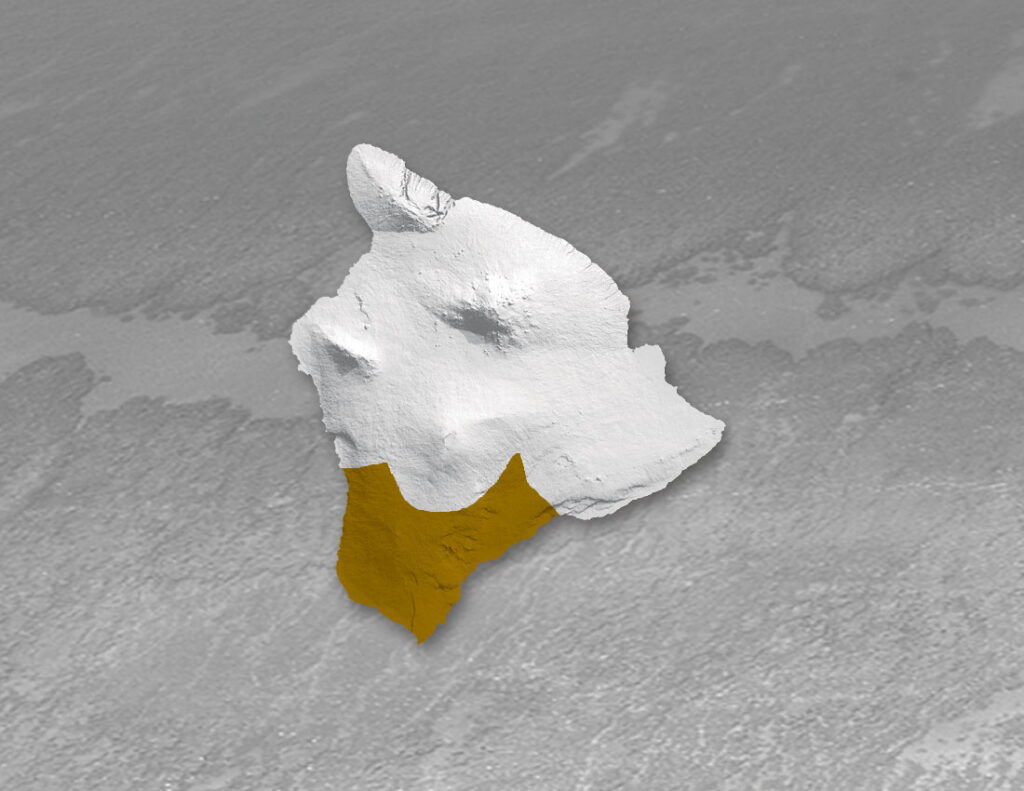 The southern end of the island from Honaunau to Hawai‘i Volcanoes National Park is the least developed part of the Big Island. Long stretches of lava fields on the western side of Mauna Loa’s flank give way to green as you round the southern part of the island, where rain is allowed to fall with less interference from Mauna Loa volcano. As you head south you’ll pass roads leading to, among other things, a (usually) deserted black sand beach, a lightly inhabited 11,000-plus acre housing subdivision and the southernmost place in the United States. These districts, called South Kona and Ka‘u, are littered with the financial corpses of big businessmen with big plans and big wallets who took a big bath. Most didn’t have a clue how business in Hawai‘i works and lost their ‘okoles as a result.
The southern end of the island from Honaunau to Hawai‘i Volcanoes National Park is the least developed part of the Big Island. Long stretches of lava fields on the western side of Mauna Loa’s flank give way to green as you round the southern part of the island, where rain is allowed to fall with less interference from Mauna Loa volcano. As you head south you’ll pass roads leading to, among other things, a (usually) deserted black sand beach, a lightly inhabited 11,000-plus acre housing subdivision and the southernmost place in the United States. These districts, called South Kona and Ka‘u, are littered with the financial corpses of big businessmen with big plans and big wallets who took a big bath. Most didn’t have a clue how business in Hawai‘i works and lost their ‘okoles as a result.
If it wasn’t obvious, this area’s pro is also its con. Remoteness. There’s essentially one place to stay besides a handful of bed and breakfast options. Restaurants, shops and grocery options are about as limited as you’ll find anywhere in the state. However, if being away from the hustle and bustle is your goal, this might be an ideal spot. It’s the most convenient place to access the famous green sand beach. (Convenient in terms of proximity, not the actual act of getting to the beach.) Plus, it’s a good spot if exploring Volcanoes National Park is high on your priority list.
Here’s the only pick I have for staying in the South Island area.
Volcano, Hawai‘i
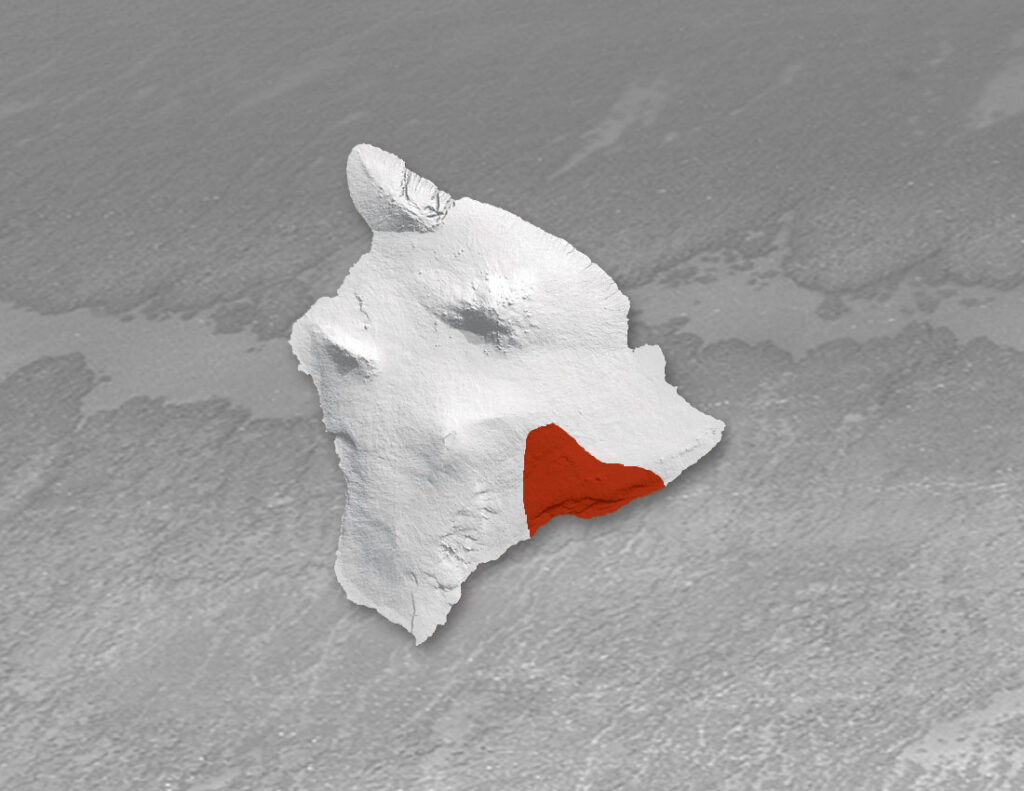 If you had to name the one thing the Big Island is most famous for, it would undoubtedly be Kilauea Volcano. In all the world there isn’t a more active volcano, and none is as user-friendly as Kilauea. People often refer to it as the drive-in volcano. There’s lodging in the National Park itself, but it’s the community of Volcano just outside the entrance that has some of the best options. I’ve always thought it works really well as a honeymoon or anniversary destination. Imagine a misty and mysterious town nestled in a fern forest. There’s a number of small, intimate lodging options that feature things like individual cabins and hot tubs. It’s a pretty magical setting and in often overlooked by most visitors.
If you had to name the one thing the Big Island is most famous for, it would undoubtedly be Kilauea Volcano. In all the world there isn’t a more active volcano, and none is as user-friendly as Kilauea. People often refer to it as the drive-in volcano. There’s lodging in the National Park itself, but it’s the community of Volcano just outside the entrance that has some of the best options. I’ve always thought it works really well as a honeymoon or anniversary destination. Imagine a misty and mysterious town nestled in a fern forest. There’s a number of small, intimate lodging options that feature things like individual cabins and hot tubs. It’s a pretty magical setting and in often overlooked by most visitors.
When you first see the town of Volcano on a map, you figure they must spend all their time biting their nails over the active volcano crater less than 2 miles away. In fact, since they’re upslope of the crater, they’re safer from lava flows than Hilo or even the Kohala Resort area 50 miles away, as far as the geologists are concerned. Though extensive lava flows did cover this area about 500 years ago, the summit has since been reshaped so that today nearly all the lava flows happen on Kilauea’s southern flank (away from the village). Their main threat is from falling tephra or ash from the occasional crater explosion like the one in 1790—annoying, but not as bad as a lava flow. And as for volcano smoke, normal trade winds send the smoke around the bottom of the island and up the coast where it harasses Kailua-Kona. It’s ironic that this dreamy little community, set in a misty, lush fern-filled forest, can be so snug living on an active volcano. There’s only a handful of restaurants and shops here, but what they do have tends to be better quality than you might expect.
Here’s my top picks for staying in the Volcano area.
Hilo & Puna, Hawai‘i
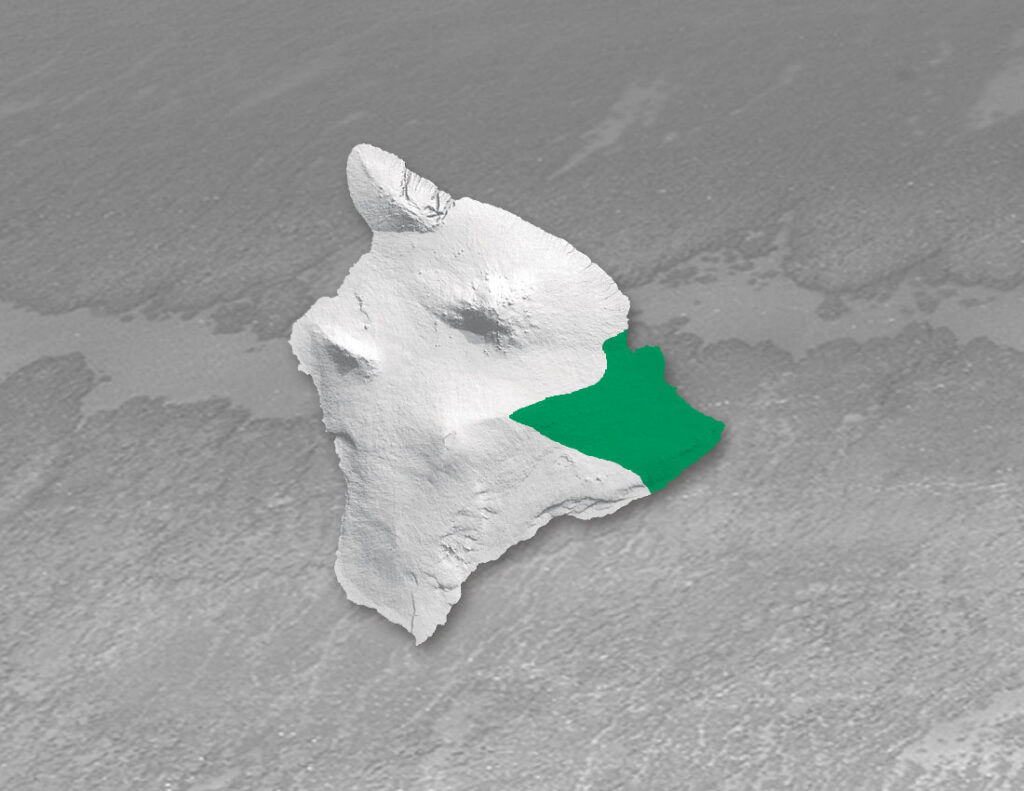 Hilo is a charming mix of old and new Hawai‘i. Once a thriving town bolstered by limitless sugar revenues, the demise of the sugar industry has kept Hilo in a time warp. And that’s the charm. Though a full-fledged city, things move slower here, and the community is tight. They’ve been through a lot. Slammed by tsunamis, threatened by lava flows, racked by a changing economy, Hilo has withstood it all. Hilo is also a strikingly beautiful town. Abundant rains give the flora a healthy sheen that soothes the soul. There’s fantastic restaurants and some utterly unique shopping to be found in this historic town. The beaches aren’t great but the fact that much of the coast is bubbling with underground springs makes for a cool experience. (Quite literally—the water can be freezing at some of the beach parks, such as the appropriately named Ice Pond.) Though the exodus of business has left many of its buildings looking worn and neglected, Hilo’s charms lie deeper.
Hilo is a charming mix of old and new Hawai‘i. Once a thriving town bolstered by limitless sugar revenues, the demise of the sugar industry has kept Hilo in a time warp. And that’s the charm. Though a full-fledged city, things move slower here, and the community is tight. They’ve been through a lot. Slammed by tsunamis, threatened by lava flows, racked by a changing economy, Hilo has withstood it all. Hilo is also a strikingly beautiful town. Abundant rains give the flora a healthy sheen that soothes the soul. There’s fantastic restaurants and some utterly unique shopping to be found in this historic town. The beaches aren’t great but the fact that much of the coast is bubbling with underground springs makes for a cool experience. (Quite literally—the water can be freezing at some of the beach parks, such as the appropriately named Ice Pond.) Though the exodus of business has left many of its buildings looking worn and neglected, Hilo’s charms lie deeper.
Hilo’s Achilles’ heel is weather. Only in Hilo would water officials quake in fear and declare a drought, even encouraging water conservation, when they receive only 70 inches of rain in a year. (All you Arizona residents can stop laughing now.) This rain translates to an unacceptable gamble for many visitors. People are hesitant to spend precious Big Island days in a soggy place. But they forget that even if it’s rain-city here, elsewhere along the eastern side things might be sunnier. Hilo is the logical gateway for exploring Puna, the easternmost part of the island, where you’ll find lush rainforests, a small-but-quality zoo, a black sand beach, and volcano-ravaged towns. (Note that you’ll mainly find bed and breakfast-type lodging in the Puna area.)
Here’s my top picks for staying in Hilo and Puna
Hamakua & Waimea-Kamuela, Hawai‘i
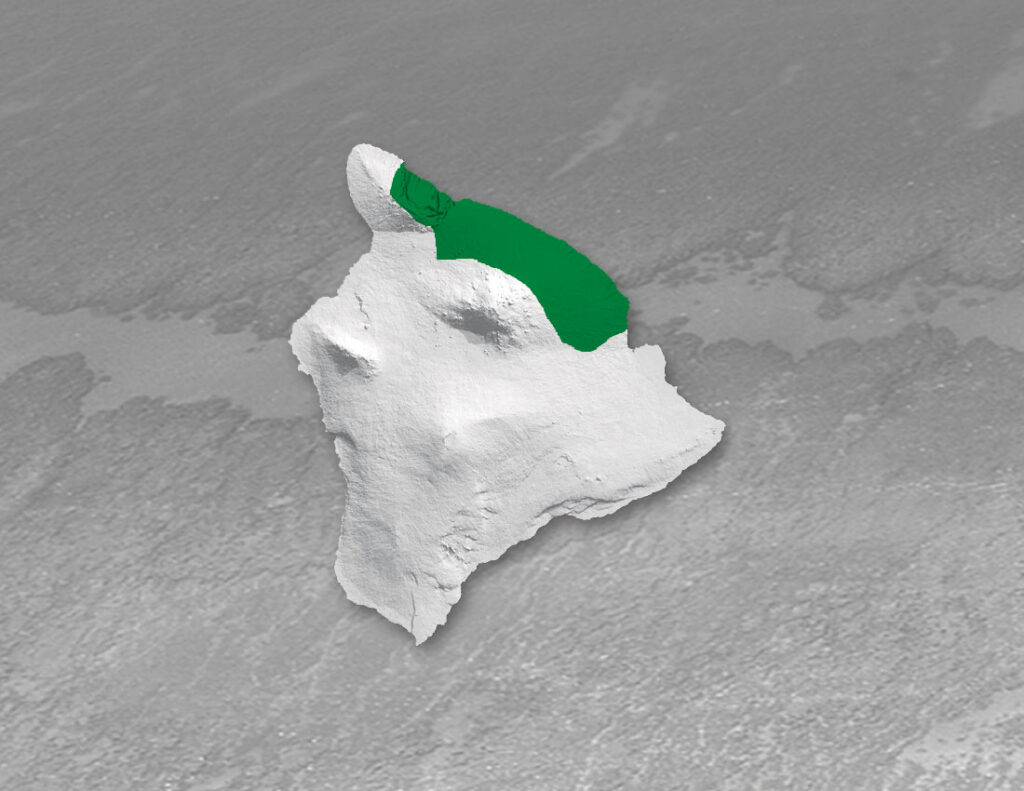 When local residents speak of driving between Hilo and Kona, they either “drive the saddle” or they “take the upper road.” The upper road is the stretch of Highway 19 between Hilo and Waimea. It passes through magnificent country reminiscent of old Hawai‘i. Along the way you can check out numerous waterfalls, drive along stunning gorges, gaze over (or go into) an Eden-like valley, or check out Hawai‘i’s premiere ranch town, home to one of the country’s largest private ranches, Parker Ranch.
When local residents speak of driving between Hilo and Kona, they either “drive the saddle” or they “take the upper road.” The upper road is the stretch of Highway 19 between Hilo and Waimea. It passes through magnificent country reminiscent of old Hawai‘i. Along the way you can check out numerous waterfalls, drive along stunning gorges, gaze over (or go into) an Eden-like valley, or check out Hawai‘i’s premiere ranch town, home to one of the country’s largest private ranches, Parker Ranch.
While there are many, small communities in this area, I’m going to focus on Honoka‘a and Waimea. Honoka‘a is on the northeast, windward side of things and full of old Hawai‘i charm. Historic buildings full of cool and quirky shops and a decent range of dining options can be found here. Lodging is pretty much limited to bed and breakfasts these days. Also, you won’t be close to any beaches, but the hiking and overall scenery is something to experience even if you don’t choose to stay.
The biggest population center for this area is Waimea town. It’s often labeled Kamuela on maps because there are two other Waimeas in the state, so the Post Office named the local branch Kamuela—Hawaiian for Samuel (as in Samuel Parker of Parker Ranch). Many locals object to the use of Kamuela, so I try use the original name in deference. Life runs a little slower here, and families are a bit closer knit. Many people compare its appearance to a Northern California rural town, but prettier.Don’t be lulled into thinking that Waimea is a hick town. It is remarkably over-represented when it comes to fine shopping and has several restaurants that are utterly superb. Some of the homes up in the Waimea Homesteads where the descendants of cattle magnates live are absolutely beautiful. The cons? Well, it gets colder here than pretty much anyplace else you’ll visit, besides Mauna Kea. Even though you’re up on the mountain, you’re not far (around half an hour drive) from some pretty decent beaches around Kohala. Lodging options are pretty limited, but there are a number of bed and breakfast options. Much like Volcano, this is an area that often overlooked when considering places to stay.
Here’s my top pick for a place to stay in Waimea.
Helicopters
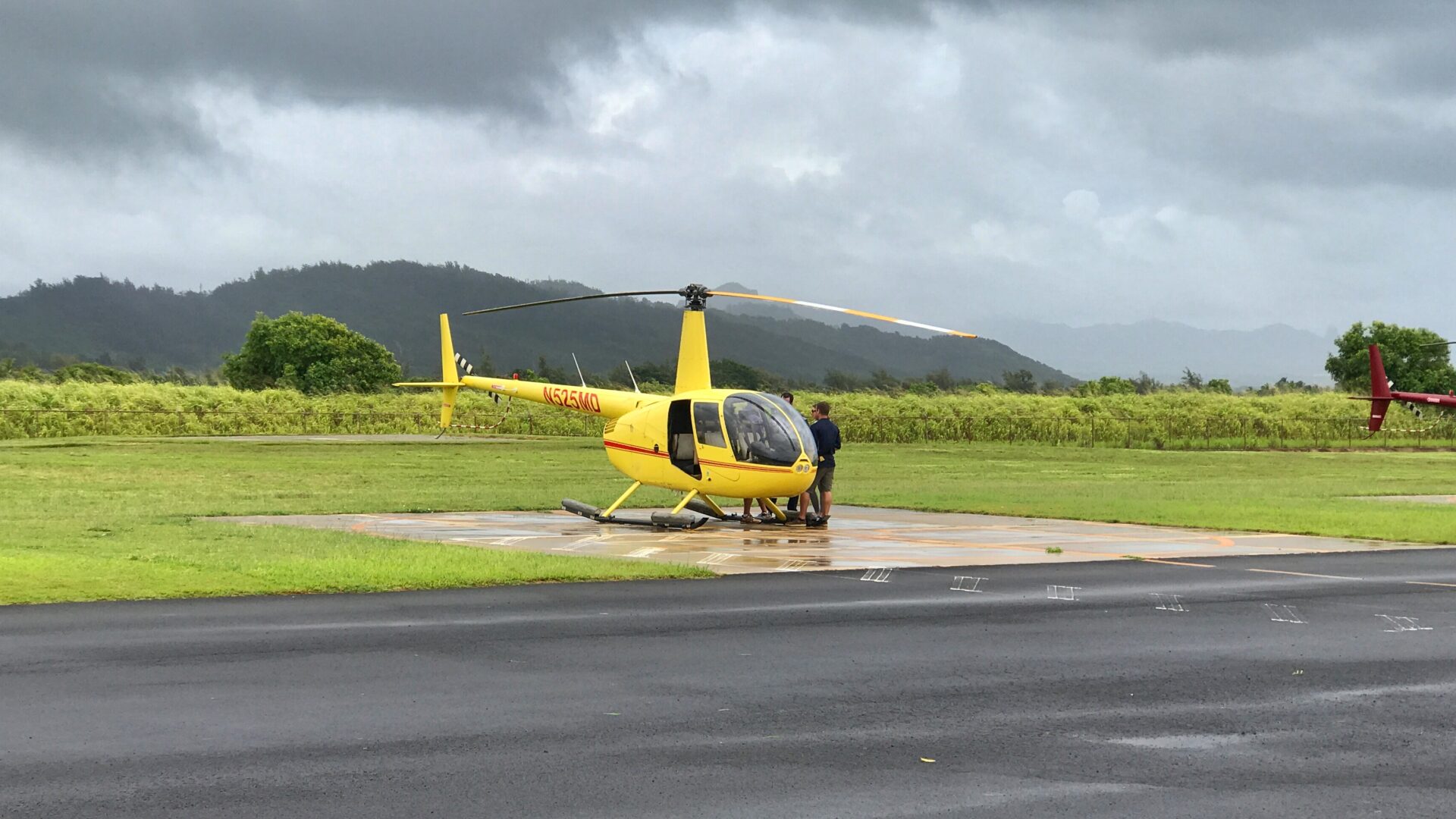
Mauna Loa Helicopter Tours: Private Kona Coast
Mauna Loa Helicopters offers private helicopter charters with no individual ticket sales. They provide 30-minute R44 flights, a 75-minute Magical Waterfalls Tour, and a 2-hour Big Island Experience. You can choose doors on or off for R44 tours, while the Big Island Experience is doors-on for comfort.
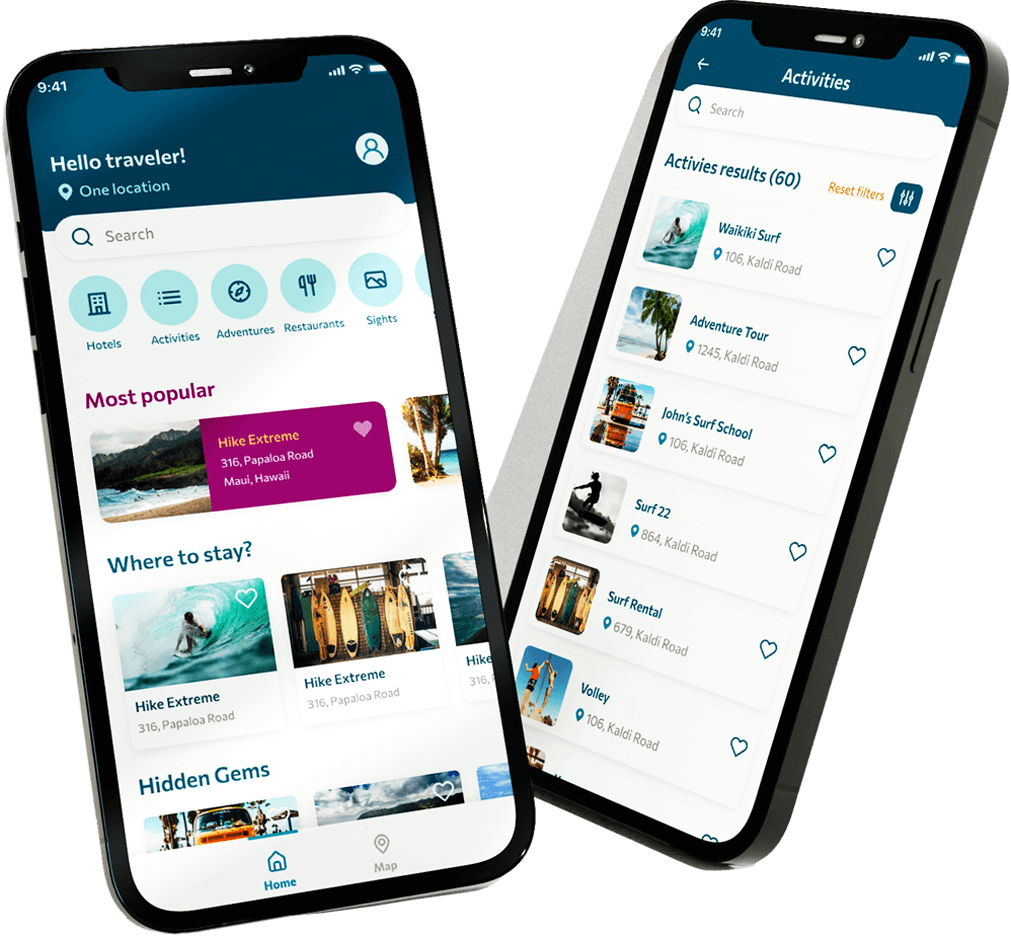



0 Comments